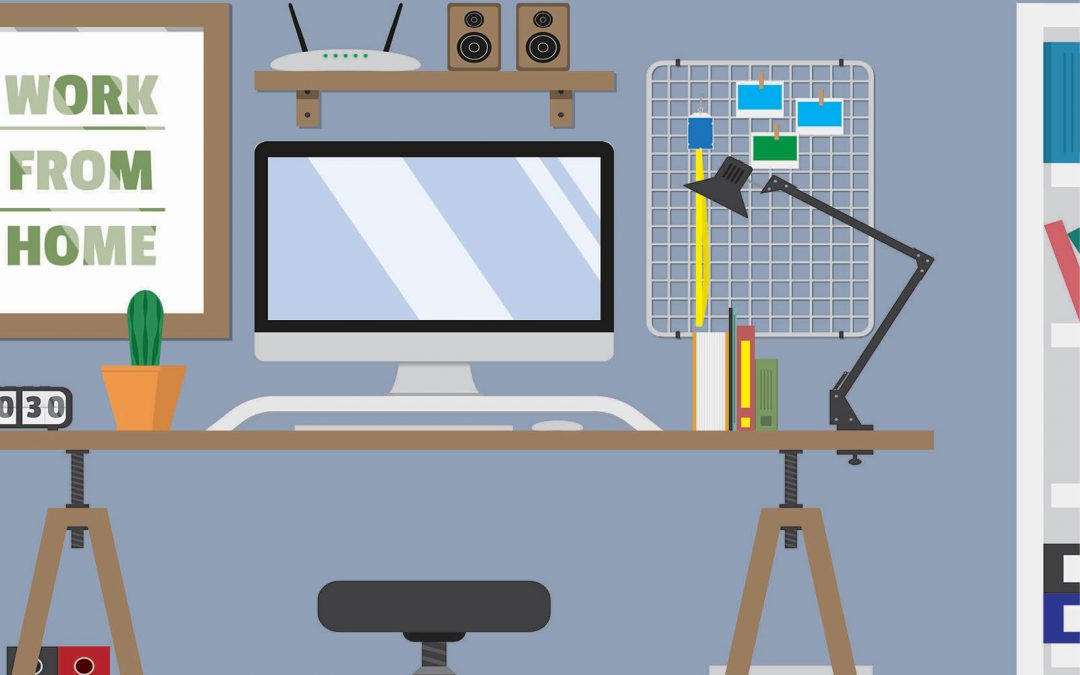
AI in recruitment. What to know and how to succeed.
By Jason Vuddamalay, Director at The Search Firm
AI (Artificial Intelligence) has been in the news a lot recently. This is thanks largely to the splash made by the launch of ChatGPT, an artificial intelligence driven language processing tool that is poised to revolutionise the way we do things across multiple fields over the next few years.
Whilst the possible utility of ChatGPT is being worked out, you may be surprised to know AI-driven recruitment tools are already being widely used. More than likely, you’ve already been through a process which was mediated in part by AI. At The Search Firm we’ve got first-hand insight into AI recruitment, as our expertise has been used to help train algorithms used by predictive applications.
Why is AI used in recruitment?
Hiring organisations now commonly use AI-based recruitment tools to make the recruiting process more efficient and cost effective. A recent survey in the US says 99% of Fortune 500 companies are using AI in recruitment; here in Australia another survey suggests 1 in 3 companies are using it. The primary driver for the uptake of AI recruiting tools is that it speeds up the process, makes it more efficient and ultimately reduces the size of in-house recruitment teams, saving millions of dollars.
Whilst there were serious problems in the early adoption of AI recruitment tools (see the 2018 case where an Amazon AI was found to discriminate), developers have been refining their algorithms to reduce or eliminate bias. Despite detractors saying bias remains and there’s a concerning lack of transparency in how the algorithms work, what’s clear is that these tools are here to stay.
How is AI used in recruitment?
If you’ve ever applied for a job online, then your resume has likely been uploaded to an ATS, or Applicant Tracking System. Within an ATS, AI is often used to help prioritise resumes and will scan for key words and language, matching applications to jobs. Companies will teach the AI (the process of Machine Learning) how to make predictive assessments by feeding data on low, medium, and high performing employees already working in their organisations, enabling their ATS to prioritise certain applications.
AI Chat bots are often used and will act to sift applications based on simple criteria, such as part-time work requirements, or flexible work arrangements. You might be asked to respond in written form to interview questions and these may also be evaluated by AI recruitment tools.
The video interview is another sophisticated AI tool which can prioritise applicants based on language analysis, tone of voice, speed of speech and other criteria. It is now widely deployed to provide predictive analysis of potential hires, often before a human recruiter has seen a resume. Interestingly, one major AI-rec tech company (Hire Vue ) recently dropped its use of AI facial recognition and analysis capabilities due to significant concerns of bias – it’s a reminder that there are serious ethical questions to be considered using AI tech in recruitment.
For some roles, the gamification of the recruitment process has also enabled AI tech to test problem solving skills through simple exercises or “games”, further enabling organisations to make predictive assumptions about candidates’ suitability.
How can you optimise your AI interactions?
You must assume that an AI algorithm will interact with you or your application during a recruitment process. You may be able to tell when your permission is sought to use your data for analytics purposes, or when you are told the next stage will be run by AI. Sometimes an ATS or an online -app might have a watermark in the corner of the screen indicating which ATS is being used or what AI technology provider is assessing you.
Here are some tips and pointers that will help you navigate AI in recruitment:
Make sure your resume is optimised for AI, not just the human eye! Try to include the same words and phrases as used in the job ad in your resume to ensure the system picks you up as matching the skills and experience required in the role. There are free on-line apps that can help optimise your resume for AI, such as Jobscan .
AI tools find it easier to spot mistakes than to evaluate higher order responses to questions – so proof your documents and written responses you give to questions carefully to avoid typos and misspelling.
Many organisations now use AI video tools to augment recruitment, so it’s important to you thoroughly prepare for this too:
- Ensure you are in a well-lit and bight room, avoid being backlit by a bright light source such as a window.
- Maintain eye contact with the camera – some apps allow you to hide your selfie video image, use this feature so you aren’t distracted.
- The AI tool will evaluate your language – so don’t speak too quickly, be concise in your answers, use positive and up beat language.
- Avoid using aggressive words and phrases and vernacular.
- Use an app like Skype to record yourself prior and critique your interview responses – practicing is essential.
- Some apps allow you to re-record if you are unhappy with your response, make use of this facility.
The future of AI in recruitment
AI recruitment tech saves companies time and money; therefore, this is a tool that is here to stay. Today it’s most used by large companies that receive hundreds, if not, thousands of applications – often for high volume and lower level roles. Whilst many of these organisations are also looking for better Diversity, Equity & Inclusion outcomes, it’s the AI recruitment tech companies’ algorithms that need close monitoring to ensure bias is eliminated. Regulation of this area is starting to emerge – see New York City’s upcoming legislation on eliminating bias in AI recruitment – and some tech companies are starting to self-regulate. Despite this, we should expect to see wider adoption of AI tools in recruitment in mid-tier and small organisations, as HR tech companies seek to grow their markets.
The lack of transparency about how AI recruitment algorithms work is certainly frustrating; however, there are steps you can take to be successful in your interactions with AI.


